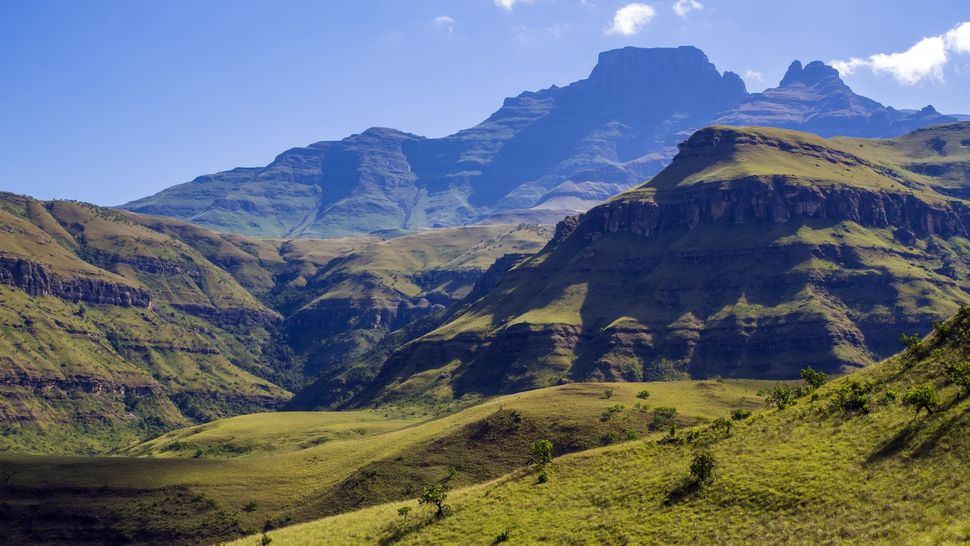Gargantuan waves in Earth's mantle may make continents rise, new study finds [View all]
By Tia Ghose
published August 7, 2024
Dramatic cliffs and high plateaus are caused by the same wave triggered in Earth's middle layer when continents pull apart, a new study finds.

Monks Cowl in the Great Escarpment of South Africa. This dramatic formation arose during the breakup of Gondwana, a new study shows. (Image credit: Leisa Tyler via Getty Images)
High plateaus rise in the interior of continents thanks to churning deep inside Earth hundreds of miles from where they eventually spring up, new research suggests.
As continents break up, massive cliff walls may rise near the boundaries where the crust is pulling apart. That breakup sets off a wave in Earth's middle layer, the mantle, that slowly rolls inward over tens of millions of years, fueling the rise of plateaus, the new study found.
Scientists have long known that continental rifts triggered the rise of massive escarpments, like the cliff walls that separate the East African Rift Valley from the Ethiopian plateau, said lead author Thomas Gernon, a geoscientist at the University of Southampton in the U.K. And these steep cliffs sometimes fringe inland plateaus that rise from the strong, stable cores of continents, known as cratons.
. . .
In the new study, published Aug. 7 in the journal Nature, Gernon and colleagues studied three iconic coastal escarpments that formed during the breakup of Earth's last supercontinent, Gondwana. One, along India's coast, fringes the Western Ghats for about 1,200 miles (2,000 kilometers); another, in Brazil, rings the Highland plateau for about 1,900 miles (3,000 km); and the Great Escarpment of South Africa encircles the Central Plateau and spans a staggering 3,700 miles (6,000 km), according to the study. The interior plateaus in these regions can rise a kilometer or more, Gernon said.
More:
https://www.livescience.com/planet-earth/geology/scientists-finally-understand-how-the-hearts-of-continents-rise
